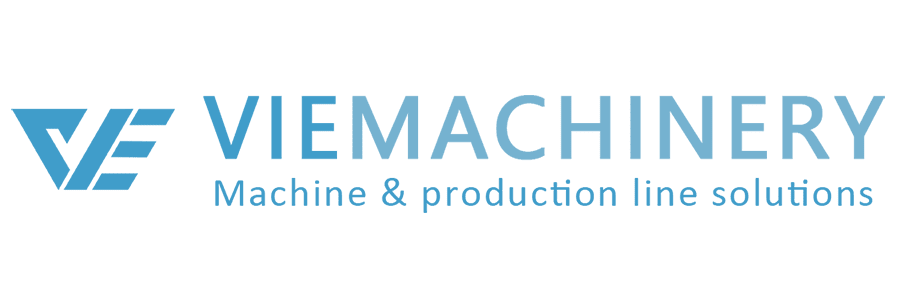Packaging plays a vital role in the presentation and protection of products, and lamination machines for corrugated and cardboard boxes are essential tools in the packaging industry. These machines enhance the durability and appearance of packaging boxes, making them more resistant to damage and giving them an attractive finish. Let’s dive into the various types of lamination machines available, their features, benefits, and how they contribute to the packaging process.
Types of Lamination Machines for Corrugated and Cardboard Boxes
Semi-Automatic Lamination Machines
Semi-automatic lamination machines are ideal for businesses that require a balance between manual operation and automation. These machines offer flexibility and control, allowing operators to handle various sizes and types of corrugated and cardboard boxes. They are designed to support different paper thicknesses ranging from 150-600 g/m2 and can efficiently handle multiple layers of corrugated paper.
Automatic Lamination Machines
Automatic lamination machines are perfect for high-volume production environments. These machines reduce manual intervention, increasing efficiency and consistency in the lamination process. Automatic models come equipped with advanced features like vacuum suction-type paper feeding systems, ensuring precise and accurate lamination every time. They can also handle a wide range of paper widths and thicknesses, making them versatile for different packaging needs.
Key Features of Lamination Machines
Paper Thickness and Width Capabilities
Lamination machines are designed to accommodate various paper thicknesses and widths. For instance, some machines can handle paper thicknesses ranging from 150-600 g/m2, which is essential for creating durable and robust packaging boxes. The ability to laminate multiple layers of corrugated paper adds to the strength and rigidity of the boxes, making them suitable for heavy-duty packaging.
Feeding Systems
The accuracy of the paper feeding system is crucial for achieving a high-quality lamination. Many machines feature vacuum suction-type systems that ensure precise and consistent feeding of the paper. This minimizes errors and wastage, leading to more efficient production processes. Accurate feeding systems are particularly important for maintaining the alignment and integrity of the laminated boxes.
Adhesive Options
Different lamination machines offer various adhesive options depending on the specific requirements of the packaging. Some machines are compatible with water-based adhesives, while others may use hot melt or solvent-based adhesives. The choice of adhesive affects the bonding strength and the overall quality of the lamination, making it a critical consideration for manufacturers.
Benefits of Using Lamination Machines
Using lamination machines offers several benefits for businesses in the packaging industry:
- Enhanced Durability: Lamination adds an extra layer of protection to the boxes, making them more resistant to moisture, tearing, and other forms of damage.
- Improved Appearance: Laminated boxes have a smooth and glossy finish, enhancing their visual appeal and making them more attractive to customers.
- Increased Efficiency: Automatic and semi-automatic machines streamline the lamination process, reducing manual labor and increasing production speed.
- Cost-Effective: Investing in high-quality lamination machines can lead to long-term cost savings by reducing material wastage and improving the consistency of the output.
Frequently Asked Questions (FAQ)
What are the main differences between semi-automatic and automatic lamination machines?
Semi-automatic lamination machines require more manual intervention and are suitable for smaller production runs, while automatic machines are designed for high-volume production and offer greater efficiency and consistency.
Can lamination machines handle different types of adhesives?
Yes, lamination machines can be compatible with various adhesives, including water-based, hot melt, and solvent-based adhesives. The choice of adhesive depends on the specific requirements of the packaging.
How does the paper feeding system affect the lamination quality?
The paper feeding system ensures that the paper is fed accurately and consistently into the machine. A vacuum suction-type system, for instance, helps maintain precise alignment, which is crucial for achieving high-quality lamination.
What paper thicknesses can lamination machines handle?
Lamination machines can handle a range of paper thicknesses, typically from 150-600 g/m2. This versatility allows them to laminate various types of corrugated and cardboard boxes.
Why is lamination important for packaging boxes?
Lamination enhances the durability and appearance of packaging boxes, making them more resistant to damage and more visually appealing to customers. It also adds an extra layer of protection, ensuring the integrity of the contents during shipping and handling.
Conclusion
In the ever-evolving packaging industry, lamination machines for corrugated and cardboard boxes play a crucial role in improving the quality and durability of packaging solutions. Whether you opt for semi-automatic or automatic machines, these tools offer significant benefits, including enhanced durability, improved appearance, and increased production efficiency. By investing in the right lamination machine, businesses can ensure their packaging meets the highest standards, ultimately leading to greater customer satisfaction and success in the market.

